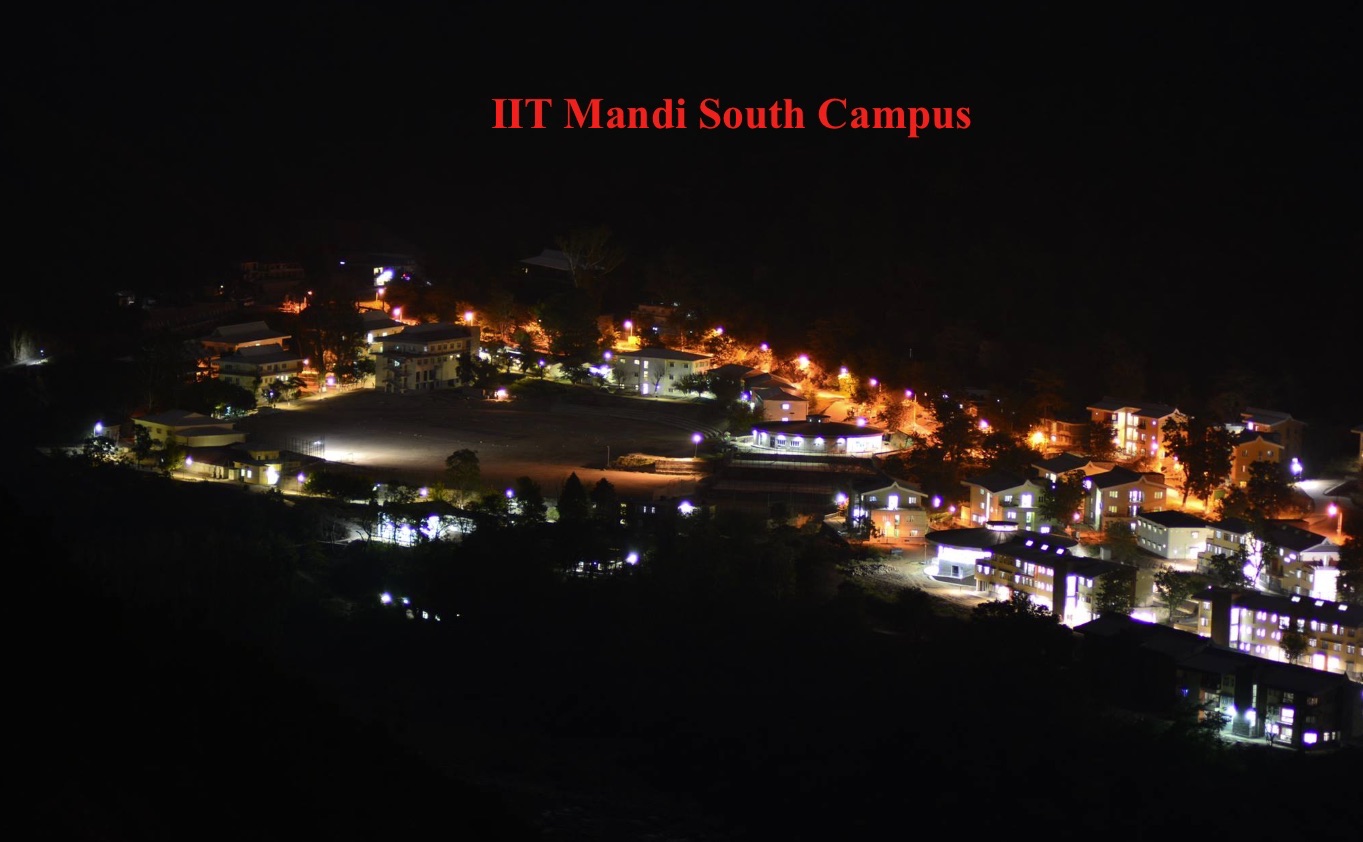
Mandi: Researchers at the Indian Institute of Technology, Mandi have demonstrated cutting-edge Magnetic Random-Access Memory (MRAM) technology, with the capability to transform next-generation computers, smartphones and other gadgets leveraging artificial intelligence (AI) and Internet-of-Things (IoT) technology.
MRAM is much faster than the current technology and offers unlimited read and write cycles. The expected computer refresh programming time for MRAM based data storage bit may be as low as ~ 2 ns, instead of ~ 50 ns for the familiar DRAM (Dynamic Random-Access Memory) bit.
The IIT Mandi researcher team recently designed and developed Spin-transfer torque (STT) based nano spintronic devices, which will put an end to computer data loss due to interruptions of power supply.

In case of MRAM, the information is not stored in the form of conventional electric charges, but via the magnetic alignment of spins. This leads to an increase in energy efficiency and capability to store more information in smaller volume as compared to the existing DRAM and SRAM (Static Random-Access Memory) technologies.
“Quest for next-generation high performance and functional electronic circuits has been growing as the artificial intelligence (AI) and Internet-of-Things (IoT) devices started to play a leading role in all walks of human life. It fosters the demands for the development of universal high density and ultrafast memory electronics. Moreover, it must be capable of retaining digital information even when backup source power is not available”. MRAM based AI & IoTs will enable not only diverse electronics, but also impact correlated areas like agriculture, healthcare, education, and skilling, along with transferring economic power of individuals and the country”, says Dr SK Sharma, on the need for research into newer and more efficient technologies, within reach and transferring economic power to the common people.
The results of the studies carried out by the IIT Mandi team have been published in the IEE Transaction on Electron Devices and is co-authored by Dr. Satinder K. Sharma and Dr. Srikant Srinivasan, Associate Professors, School of Computing and Electrical Engineering, IIT Mandi, along with research scholars Mr. Mohamad G. Moinuddin, Ms. Shivangi Shringi and Mr. Aijaz H. Lone.
The STT-MRAM is the most studied candidacy for various next-generation electronic devices and major semiconductor foundries are investing in its development. Companies such as IBM, Samsung, Everspin, Toshiba, Avalanche Technologies, Spin Transfer Technologies and Crocus are developing STT-MRAM chips. Recent advances such as those shown by the IIT Mandi team, enables indigenous technology development and commercialization in the cutting-edge area that may be the mainstay of game-changing technology.
The Centre for Design & Fabrication of Electronic Devices (C4DFED) at IIT Mandi, where the nano spintronic devices were developed, is a world class, state-of-the-art facility for multidisciplinary research of electronic device design and fabrication facility. It has Class 100 & Class 1000 cleanroom laboratories where high end sophisticated electronic device design, fabrications, and characterization tools are installed, amounting to more than Rs. 50 crores.
This Centre is capable of handling diverse research projects like Integrated Circuits (IC’s) design and fabrication for Nano-electronics, Nano-Micro (NEMS & MEMS), IoT systems and development of Extreme Ultraviolet Lithography (EUVL) resists technology for the next-generation semiconductor industry.
A senior journalist who has spent more than a decade in the profession, working for Amar Ujala and Aapka Faisla.



